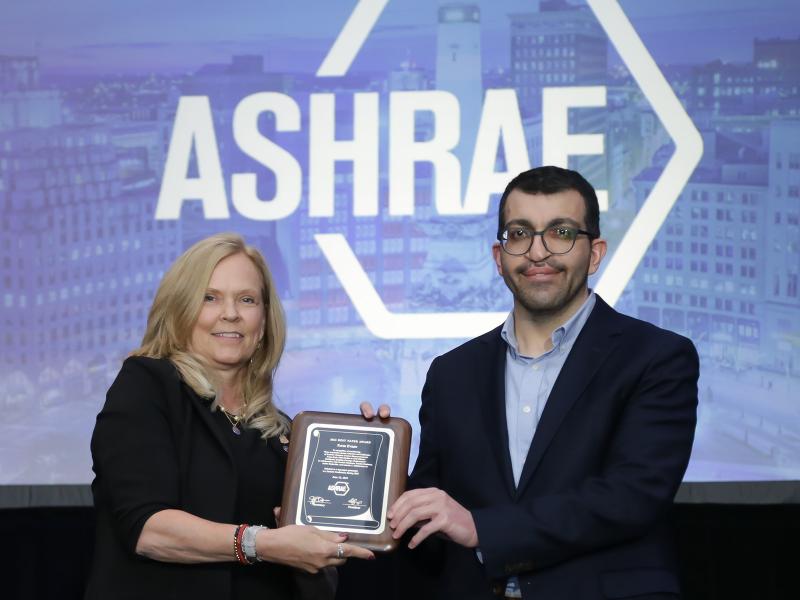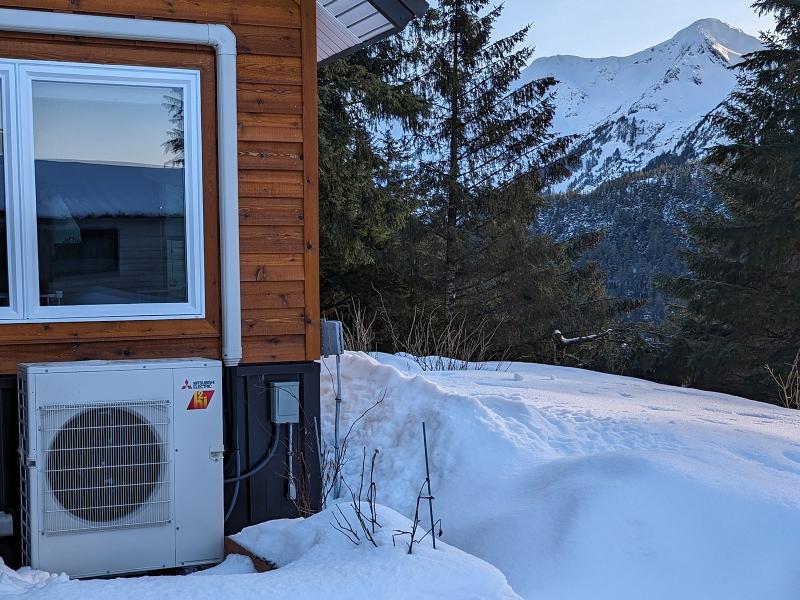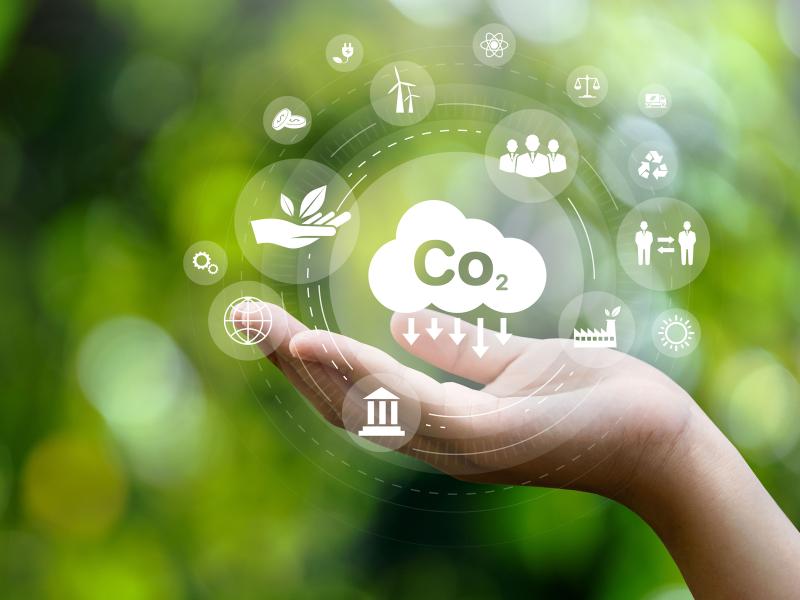
Energy Efficient Technology Integration
Energy Efficient Technology Integration
Testing and analysis to reduce national energy bills
Testing and analysis to reduce national energy bills
In concert with DOE, industry, and other national laboratories, PNNL is working to reduce the nation's energy bills.
Andrea Starr
In the United States, residential and commercial buildings use 70% of the nation’s energy—resulting in roughly $400 billion in annual energy costs.
To help Americans lower their bills and contribute to grid reliability, researchers at PNNL partner with the Department of Energy, industry, and other national laboratories to test practical solutions that can cut energy costs by 20-50% or more.
Technologies, techniques, and materials that have been, or are being, tested include:
- Windows and window attachments
- Wall retrofits
- Heating, ventilation, and air-conditioning systems
- Water heating technologies
- Demand response and load shifting
- Additional benefits to building occupants
Using the PNNL Lab Homes, Environmental Chambers, Power Electronics Laboratory, and field partnerships across the country, PNNL rigorously evaluates and tests building materials, equipment, and technologies. These efforts accelerate the validation and adoption of technologies that enable affordable and reliable energy choices for Americans.
Windows and window attachments
PNNL researchers tested a new thinner and lighter version of the triple-pane window that uses a thin center pane of glass between two standard panes. The triple-pane insulated glass unit (IGU) allows for R-5 (U-0.20) performance using a combination of thin glass (0.7-1.6 mm) for the center layer, two low-e coatings, and krypton gas fill. The thin glass keeps IGU weight and width to a minimum, enabling the use of the same size frames as are used for double-pane windows, which facilitates mass-market and lower-cost production. PNNL also studies and validates the performance of advanced and affordable window attachments for application on both the interior and exterior of the building including insulating and automated shades, low-e storm windows, lightweight acrylic inserts, and exterior shading systems. Advanced window attachment solutions can offer a minimally disruptive, affordable solution that substantially reduces a home’s energy bills while improving occupant comfort.
Wall Retrofits
PNNL is pioneering cost-effective retrofit wall solutions to enhance durability and comfort for homeowners. In one study, researchers evaluated 14 retrofit wall assemblies in Northern Minnesota, focusing on constructability, thermal efficiency, and moisture control. A subsequent study demonstrated practical approaches in 50 homes by integrating continuous insulation during siding replacement to enhance thermal performance and reduce air infiltration. Energy improvements are validated using utility data and smart thermostat monitoring, complemented by home energy assessments, blower door tests, and homeowner interviews. Through this research, PNNL has identified and proposed innovative technologies, including improved window integration methods and insulated pre-fabricated wall panels that are easy to install. These advancements can be utilized by both DIY enthusiasts and professionals. They offer promising pathways for lowering operational costs for homes and businesses and elevating living standards for U.S. taxpayers.
Heating, Ventilation, and Air-Conditioning
PNNL is conducting research to enhance the HVAC installation and operational experience for stakeholders in both homes and businesses. Their research efforts include field validation of HVAC performance in harsh weather conditions, engaging with manufacturers to develop advanced prototypes, providing pre-installation decision support tools for contractors, promoting best practices, identifying and bridging knowledge gaps for skilled workers, and offering technical assistance for utilities and regional entities. PNNL also conducts various laboratory, early technology, and AI-based and optimal controls testing of HVAC equipment at its Psychrometric Chambers, Lab Homes facilities, and field sites. The efficient design and improved operation of HVAC systems performance through better design, testing, and smarter installation practices in residential and commercial buildings provides energy savings and market value.
Water Heating Technologies
PNNL researches the development, field validation, and market integration of next-generation high-performance water heating systems for residential and commercial sectors through rigorous performance testing, grid integration analysis, and techno-economic modeling. PNNL also works with regional entities and manufacturers for design and development of advanced prototypes for operation and first cost compression, quality installation and best practices documentation, as well as upskilling workforce and bridging of knowledge gaps for consumers. The lab also leads efforts in evaluating low power water heating technology evaluation, integrated space and water heating systems, and supports standards development and stakeholder engagement to accelerate commercialization and adoption.
Demand Response and Load Shifting
PNNL conducts research on demand response and load shifting for both residential and commercial systems to enhance grid flexibility and reliability. PNNL works on creating and testing smart control strategies for heating and cooling systems and entire buildings. These strategies help buildings use power more efficiently by responding to signals from the utility company and changes in the power grid. They also assess the technology that manufacturers use for demand response, including special communication standards and protocols like CTA2045 and Open Automated Demand Response. By improving performance of smart appliances, HVAC systems, and thermal storage, PNNL supports demand flexibility crucial to mitigating infrastructure needs for load growth.
Additional Benefits to Building Occupants
Research into indoor air quality at PNNL include measuring and analyzing performance of mechanical ventilation equipment in new and existing homes and exploring how system performance varies in different regions of the country. PNNL is experienced with instrumentation, data collection and analysis of key attributes of the indoor environment, from pollutant concentrations to interventions for wildfire and advanced ventilation systems. PNNL has quantified impacts on occupants in the context of exposure risk, having published multiple studies disseminating research findings.
PNNL leads efforts to improve the quantification of comfort and occupant behavior in buildings. This work involves developing practical measurement methods for use by industry stakeholders and collaborating with the industry to identify and address key research gaps.

